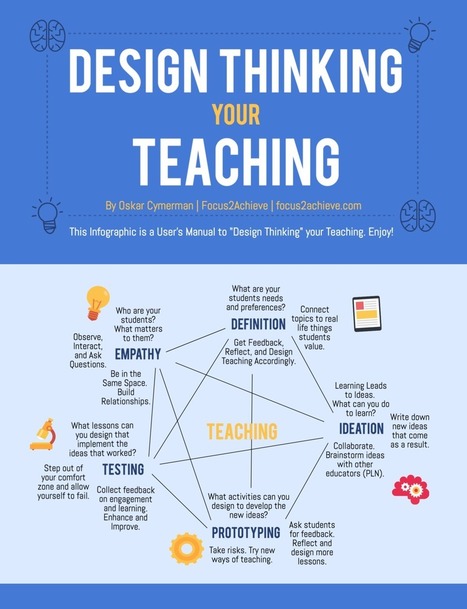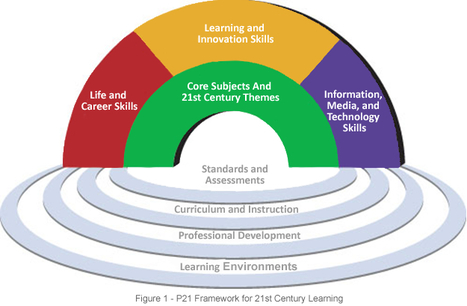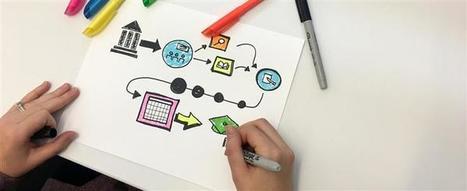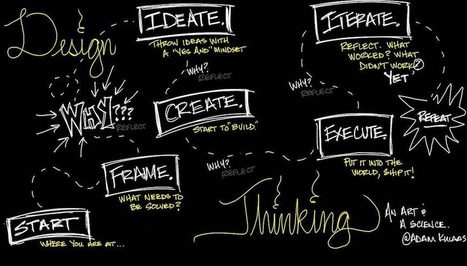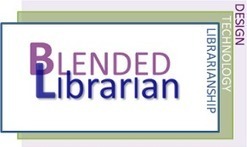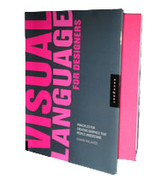In the early 2000s something new appeared on the education scene, adapted from the worlds of innovation and business where it was developed. It was called, simply and descriptively, design thinking.
Unlike some education trends, it didn’t catch on overnight. During the first fifteen years or so, implementation of design thinking in K-12 schools was a slow, steady progression. Yet in the past few years, it’s picked up a lot of steam. Still, certain misconceptions abound—and it’s not always easy to adapt this to a K-12 environment.



 Your new post is loading...
Your new post is loading...




